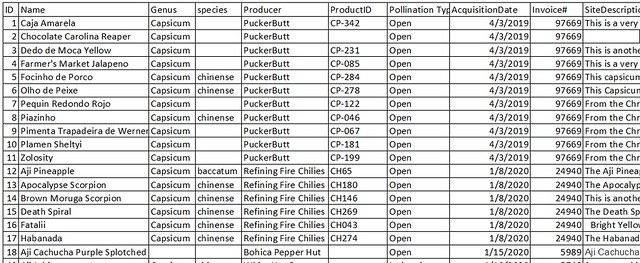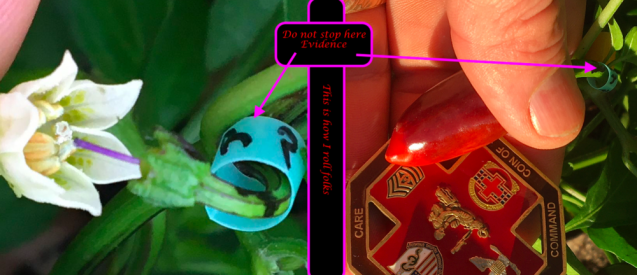Sorry for the 20 questions but this is something that is pervasive in a lot of hobbyist circles from carnivorous plants to poison dart frogs. In the carnivorous plant circles, we have seen the race for new hybrids in Nepenthes eclipse the continuation of pure species, effectively throttling any hope of continuing breeding programs without recollecting from the wild. There were a few people who specialized in only pure species crosses but between break ins and failing greenhouse heaters in winter, a lot of that genetic material has been lost.
I see similar trends in the pepper community where everyone is chasing new hybrids or whatever seed they can get their hands on with seemingly no concern of possible cross pollination or original lineage. Without isolation we run the risk of those original varieties drifting into wildly different directions like your example with the ghost pepper above.
So my big question is how do we as hobbyists make better, more informed decisions when selecting our starting material, and what can we do to be more conscientious in our breeding programs to help address some of these issues?
I see similar trends in the pepper community where everyone is chasing new hybrids or whatever seed they can get their hands on with seemingly no concern of possible cross pollination or original lineage. Without isolation we run the risk of those original varieties drifting into wildly different directions like your example with the ghost pepper above.
So my big question is how do we as hobbyists make better, more informed decisions when selecting our starting material, and what can we do to be more conscientious in our breeding programs to help address some of these issues?




